Exploring the financial aspects of constructing a rally car unveils a range of considerations. From initial vehicle selection to performance modifications and safety enhancements, costs can fluctuate significantly.
By dissecting key elements, we can better grasp the investment required to bring a rally car to life.
How Much Does It Cost to Build a Rally Car?
Building a rally car from scratch often demands a starting budget of over $15,000. This sum ensures a car tailored for rally stages. However, in premier events like WRC, the stakes rise.
A 2020 WRC car commands a hefty $1 million price tag. These divergent expenses reflect the varied tiers of rally car construction.
What is a Rally Car?
A rally car is a specialized type of vehicle designed and built for competitive rally racing. Rally racing is a motorsport that takes place on a variety of surfaces, including gravel, tarmac, snow, and dirt.
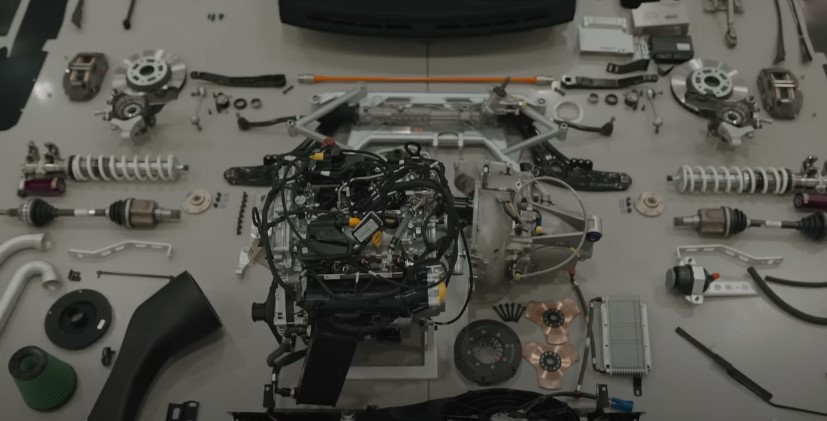
Rally cars are modified for performance, durability, and safety, featuring powerful engines, rugged suspension systems, enhanced brakes, and safety features like roll cages.
These cars are optimized to handle the challenging conditions and demanding terrains of rally racing, where drivers and co-drivers navigate through timed stages within a larger course.
Factors That Affect the Cost of Building a Rally Car
Building a rally car is a multifaceted endeavor that involves a careful balancing act between performance, safety, and budget. The cost of constructing a rally car can vary significantly based on several key factors, each playing a crucial role in determining the final expenses.
From the initial vehicle selection to the integration of high-performance components, safety enhancements, and the choice of rally class, various elements contribute to the overall cost of creating a competitive rally machine.
Vehicle Selection and Base Car
The choice of base car serves as the foundation upon which the rally car is built. A used car with a solid chassis and body structure can save money compared to purchasing a new vehicle.
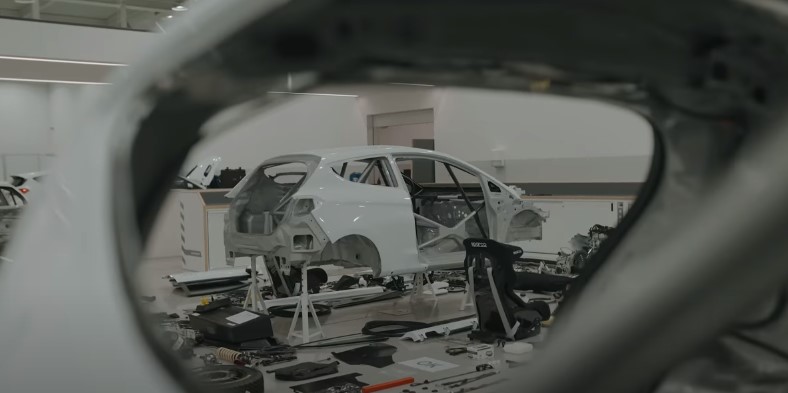
However, the selection of the base car should align with the rally class and regulations. High-performance models may come at a premium, while more common models could offer a cost-effective starting point.
Modifying a car with a compatible chassis and drivetrain can also result in reduced costs compared to adapting a fundamentally different platform.
Performance Modifications
Enhancing a rally car’s performance is a pivotal aspect of the construction process, directly affecting costs.
Upgrades to the engine, transmission, suspension, and brakes are often necessary to meet the demands of rally racing. High-performance parts, such as turbochargers, intercoolers, and reinforced drivetrain components, can substantially increase expenses.
Balancing the need for performance gains with the budget requires careful consideration of which modifications are essential and which may be deferred or substituted with cost-effective alternatives.
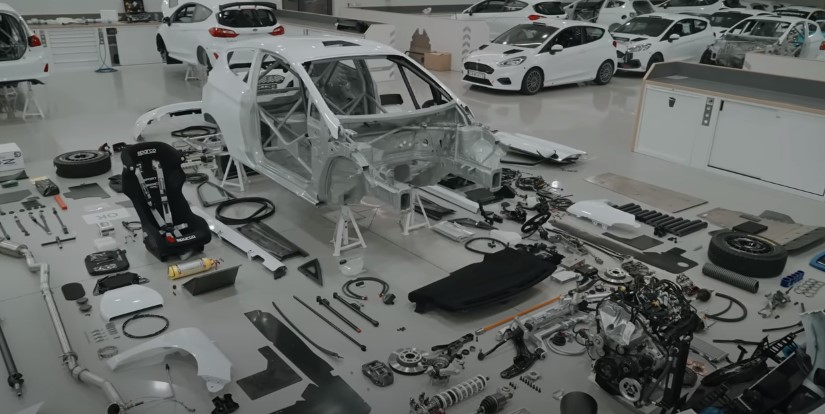
Safety Equipment
Safety is paramount in rally racing due to the challenging terrain and high speeds involved. Installing safety equipment like roll cages, racing seats, harnesses, fire suppression systems, and helmets is crucial to protect the driver and co-driver.
These components ensure compliance with safety regulations and contribute significantly to the overall cost of the build. While it may seem like an expenditure, investing in top-quality safety gear is a non-negotiable expense to prioritize the well-being of the rally team.
Rally Class and Regulations
Rally racing encompasses various classes and categories, each with distinct regulations governing allowable modifications. The chosen class can have a substantial impact on costs.
Entering a higher-performance class with fewer restrictions might require more expensive modifications to remain competitive. Conversely, competing in a lower-class vehicle with more limited modifications could result in lower overall expenses.
Aligning the chosen class with budgetary constraints is a strategic decision that shapes the direction of the build.
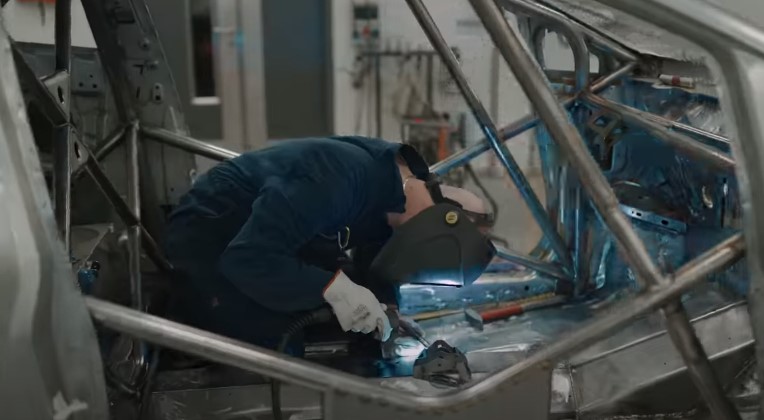
Professional Expertise
The level of expertise involved in building a rally car significantly influences the costs. Enlisting professional mechanics and engineers to handle the modifications can lead to higher labor expenses.
While skilled professionals bring technical knowledge and efficiency to the project, opting for a do-it-yourself approach can help control costs, but it requires a deep understanding of mechanics and fabrication techniques.
Balancing expertise and budget is crucial to ensure the build proceeds smoothly while staying within financial boundaries.
Sponsorships and Support
Sponsorships and external support can alleviate the financial burden of building a rally car. Collaborations with automotive companies, parts manufacturers, and local businesses can provide access to discounted or even free components, reducing costs substantially.
Securing sponsorships requires effective networking and marketing efforts, but the potential cost savings make it a valuable avenue to explore for budget-conscious rally enthusiasts.
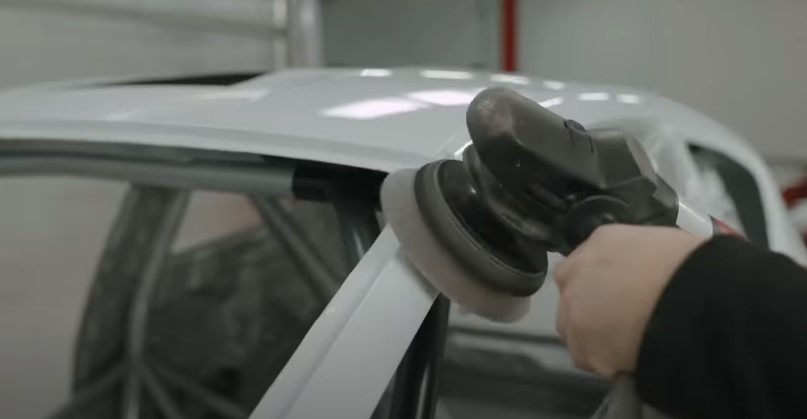
Customization and Aesthetics
Customization and aesthetic enhancements, while not directly related to performance, can impact costs. Personalized paint schemes, graphics, and interior modifications contribute to the overall visual appeal of the rally car.
However, these additions come with their price tags. Striking a balance between aesthetics and budget is essential, ensuring that cosmetic choices don’t overshadow the core performance and safety aspects of the build.
What Are the Other Things to Consider When Building a Rally Car?
Building a rally car goes beyond the technical and financial aspects; various additional factors contribute to the success of the project. These considerations encompass logistical, regulatory, and strategic elements that can significantly influence the outcome of the build.
Assembling a rally car involves more than just mechanics. It demands a holistic approach that takes into account these crucial aspects to ensure a well-rounded and effective racing machine.
Logistical Planning
Efficient logistical planning is essential when building a rally car. Sourcing parts, tools, and materials requires careful organization to prevent delays and cost overruns. Developing a comprehensive list of required components, tools, and suppliers can streamline the process and provide a clear roadmap for the build.

Timely availability of parts and resources ensures that the project progresses smoothly, minimizing downtime and maximizing productivity.
Compliance With Regulations
Adhering to rally regulations is paramount to ensure the car’s eligibility for competition. Different rally classes and organizations have specific rules governing modifications, safety equipment, and technical specifications.
Understanding and following these regulations is essential to avoid costly modifications or rework later in the build process. Thoroughly researching the applicable regulations and consulting with experts in the field can prevent unnecessary setbacks.
Testing and Tuning
A successful rally car build doesn’t end with assembly; thorough testing and tuning are vital to optimizing performance. Testing the car’s components, systems, and overall functionality can uncover potential issues before they escalate.
Fine-tuning the suspension, brakes, and engine settings is necessary to achieve the ideal balance of performance and control. Allocating time and resources for comprehensive testing and tuning ensures that the car is race-ready and capable of delivering its best on the rally stage.
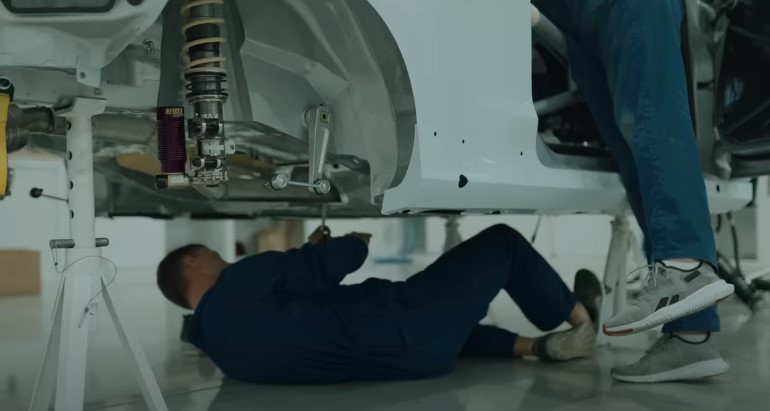
Driver and Co-Driver Preparation
While the focus often revolves around the car, the skills and preparation of the driver and co-driver are equally critical. Both need to be physically and mentally prepared for the rigors of rally racing.
Extensive practice, familiarity with the rally stages, and effective communication between the driver and co-driver are essential for achieving competitive results.
Training in various driving conditions, honing navigational skills, and developing a strong partnership between the two team members contribute to overall success on the track.
Team Dynamics and Support
Building a rally car is rarely a solo endeavor. A cohesive and supportive team plays a pivotal role in the project’s success. Effective communication, collaboration, and the distribution of tasks among team members can streamline the build process and enhance overall efficiency.
Establishing roles and responsibilities, maintaining a positive team atmosphere, and fostering open lines of communication are essential for tackling challenges and achieving milestones.
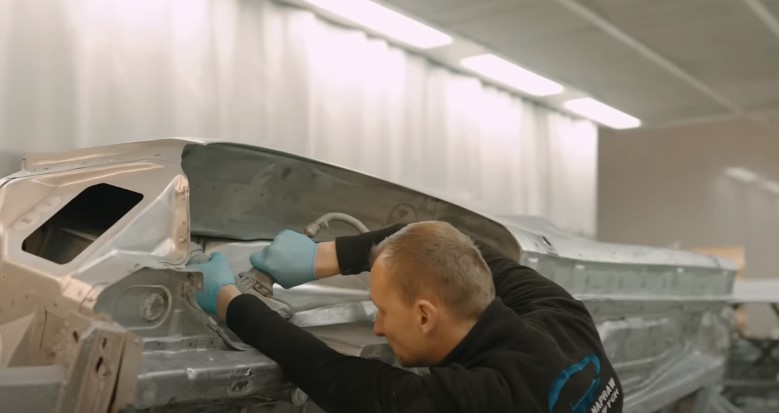
Budget Contingency
Unforeseen expenses are common in any complex project, and building a rally car is no exception. It’s crucial to include a budget contingency to account for unexpected costs that may arise during the build.
From hidden repairs in the base car to unanticipated modifications due to rule changes or performance issues, having a financial buffer ensures that the project can adapt to unforeseen challenges without derailing the entire process.
Event Planning and Participation
Building a rally car isn’t just about constructing a vehicle; it’s also about participating in events and competitions. Proper event planning involves registering for races, obtaining the necessary licenses and permits, and arranging travel and accommodation logistics.
Strategically selecting events that align with the team’s skill level and goals is crucial for a successful and enjoyable racing experience.
Process of Building a Rally Car
Building a rally car is a meticulous and intricate process that demands expertise, careful planning, and attention to detail. From selecting the base vehicle to fine-tuning its performance and safety features, each step plays a vital role in creating a competitive and reliable rally machine.
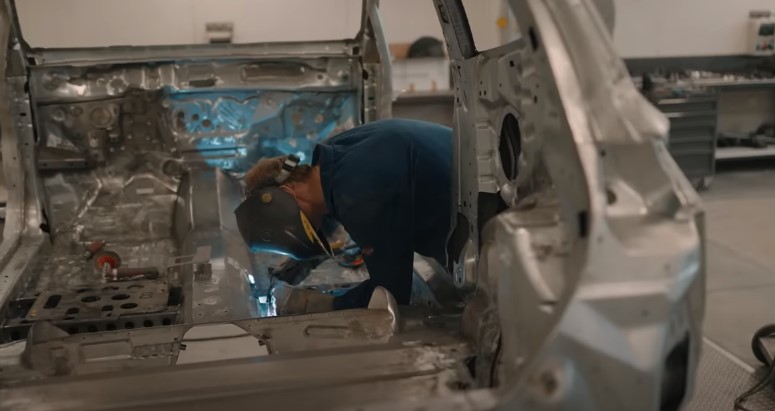
Here, we break down the stages involved in building a rally car, shedding light on the complexity and dedication required to bring a concept to life on the race track.
Vehicle Selection and Acquisition
The journey begins with choosing the right base vehicle. Enthusiasts often seek cars with sturdy chassis and drivetrains, as these provide a strong foundation for modifications. The chosen vehicle should align with the desired rally class and regulations, as well as the intended terrain and racing conditions.
Whether starting with a used model or acquiring a new one, the compatibility between the base car and the rally’s demands is paramount.
Planning and Design
A comprehensive plan outlines the modifications and upgrades needed to transform the base car into a rally-ready powerhouse. This stage involves identifying performance enhancements, safety features, and aesthetic adjustments.
Collaborating with experts and experienced rally builders can help refine the plan, ensuring that each modification serves a purpose in achieving peak performance and meeting regulatory standards.
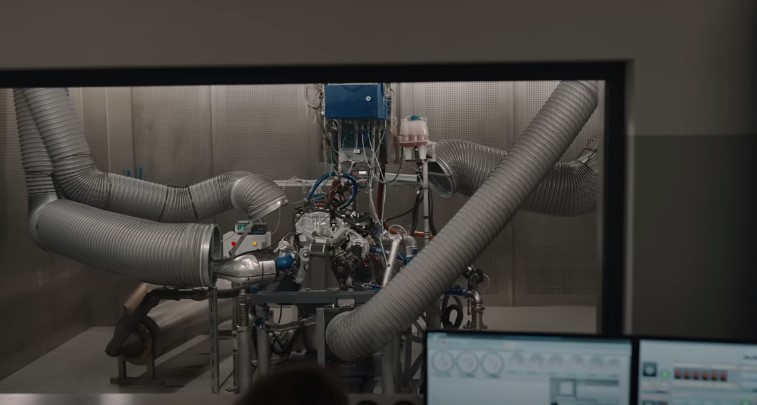
Performance Upgrades
Enhancing the vehicle’s performance is a central aspect of the build process. Upgrades may include engine modifications, transmission enhancements, and suspension adjustments to improve power delivery, responsiveness, and handling.
Components like turbochargers [1], intercoolers, exhaust systems, and reinforced drivetrain parts are carefully selected and installed to amplify the car’s capabilities.
Safety Enhancements
Safety is non-negotiable in rally racing. Installing safety features such as roll cages, racing seats, harnesses, fire extinguishing systems, and impact-absorbing materials is critical to safeguard the driver and co-driver.
Compliance with safety regulations is meticulously followed to ensure the rally car meets the highest standards for protection.
Suspension and Handling
The suspension system is fine-tuned to accommodate the unique demands of rally racing. Adjustable shock absorbers, strengthened components, and modifications to the geometry optimize the car’s ability to navigate rough terrains and varied surfaces.

Achieving the right balance between stability and maneuverability is crucial for tackling challenging rally stages.
Brake System Upgrade
Braking performance is essential for rally cars, given the need for controlled deceleration during high-speed stages. Upgrading the brake system with larger discs, high-performance pads, and improved cooling mechanisms ensures consistent stopping power even under extreme conditions. A well-calibrated brake system contributes to the driver’s confidence and control.
Drivetrain and Transmission
Modifying the drivetrain and transmission is often necessary to handle the rigorous demands of rally racing. Reinforced components, limited-slip differentials, and specialized gear ratios enhance traction and control, enabling the car to maintain power delivery on diverse surfaces.
Electrical and Electronics
The integration of electronics plays a crucial role in modern rally car construction. Advanced engine management systems, data acquisition equipment, and communication tools contribute to real-time monitoring, performance optimization, and effective communication between the driver and co-driver.
Assembly and Fabrication
The assembly phase involves meticulously fitting all components, ensuring they work together seamlessly. Skilled mechanics and fabricators handle tasks such as welding roll cages, mounting safety equipment, and integrating performance parts.
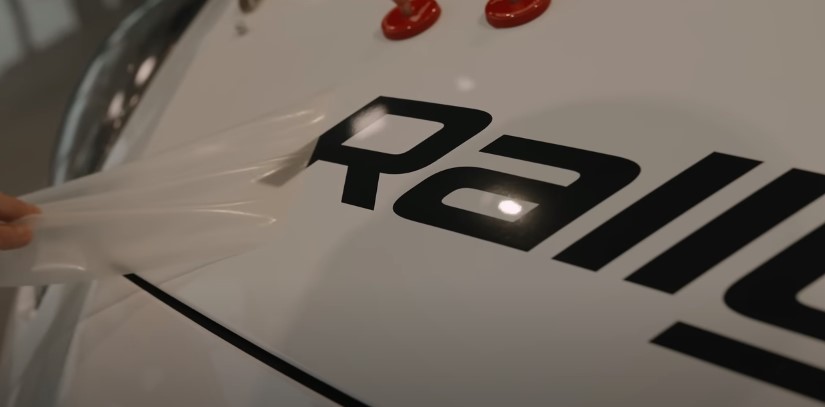
Precision and attention to detail are paramount to creating a robust and functional rally car.
Testing and Tuning
Testing and tuning are vital to refining the rally car’s performance. Initial testing assesses individual components, followed by comprehensive trials to gauge the car’s behavior under different conditions.
Tuning involves adjusting suspension settings, fine-tuning engine parameters, and refining drivability to achieve the ideal balance between speed and control.
Driver Training and Familiarization
Preparing the driver and co-driver is as critical as building the car itself. Extensive training familiarizes them with the rally car’s characteristics and handling, enhances their navigation skills, and strengthens their ability to communicate effectively during races.

Event Participation and Iterative Improvements
With the rally car built and the team trained, it’s time for event participation. Participating in races allows for real-world performance evaluation and identification of areas that require further improvement.
Each event becomes a learning experience, guiding subsequent modifications and enhancements to continuously elevate the car’s performance.
Is Building a Rally Car Worth It?
Building a rally car can be worth it for those passionate about motorsport and seeking a unique, exhilarating experience. While the process demands substantial time, expertise, and financial investment, the satisfaction of creating a high-performance machine tailored to one’s preferences is unmatched.
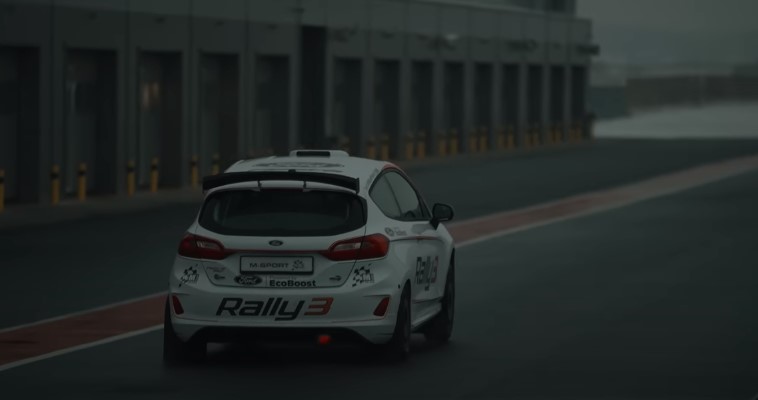
The thrill of competing on challenging terrains, the camaraderie among fellow enthusiasts, and the opportunity to continuously refine the car’s capabilities make the journey rewarding for those who embrace the adventure and are committed to the world of rally racing.
Conclusion
In the world of rally car building, costs vary widely due to factors like car choice, modifications, and safety measures. While base models can start at around $15,000, competitive machines, like those in WRC, might cost over a million.
Careful planning and prioritizing essentials are key to managing expenses and achieving the desired performance.

